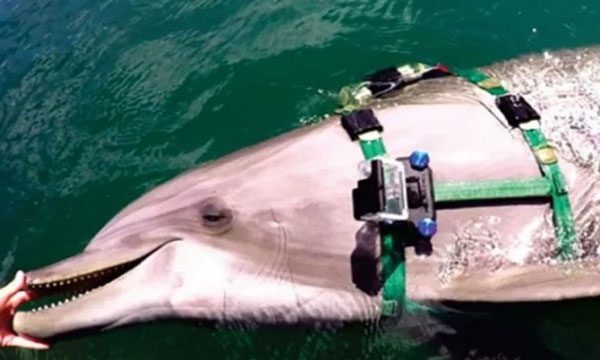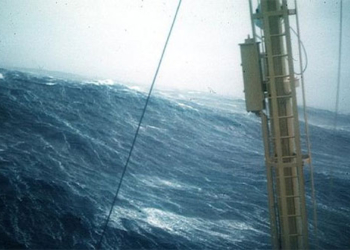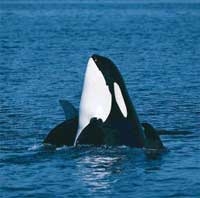Through cameras mounted on their backs, researchers recorded the excited sounds of dolphins hunting, including the yellowtail snake in San Diego Bay.
Source: PLOS One
The two dolphins equipped with side-mounted cameras are the first individuals observed hunting in their natural environment through both sound and video. The footage allows scientists to compare the sounds emitted by the dolphins with their behaviors. In a study published in the journal PLOS One on August 17, dolphins produced various sounds when approaching and capturing prey. They kept a close watch on their targets. One of the dolphins consumed eight yellowtail snakes, a highly venomous species related to the cobra, without any issues.
Dolphins vocalize for many reasons, often to echolocate while hunting. The rate of clicks increases as they get closer to the object of interest. They communicate with each other using sounds, even producing distinctive whistles within the pod, similar to their names.
While hunting, dolphins emit clicks at intervals of 20 to 50 seconds. This sequence of sounds shortens into a series of noisy bursts and then a piercing call as the dolphins approach their prey. After capturing and consuming their catch, the clicking continues with variations in duration, peak frequency, and intensity. This series of sounds extends if the prey escapes and the dolphins pursue it.

Research team collects data through cameras on dolphin backs. Photo: PLOS One
Researchers observed the dolphins in San Diego Bay multiple times, each session lasting about 50 minutes. They found that although the dolphins foraged both at the surface and near the seabed, they captured more prey from the bottom. One dolphin caught 64 fish near the seabed and 5 at the surface, while the other caught 36 fish at the bottom and 4 at the surface. The cameras also recorded two different methods the dolphins used to catch prey. Dolphins could either open their mouths wide to expose their teeth in a suction feeding style or chase and gulp down their prey.





















































